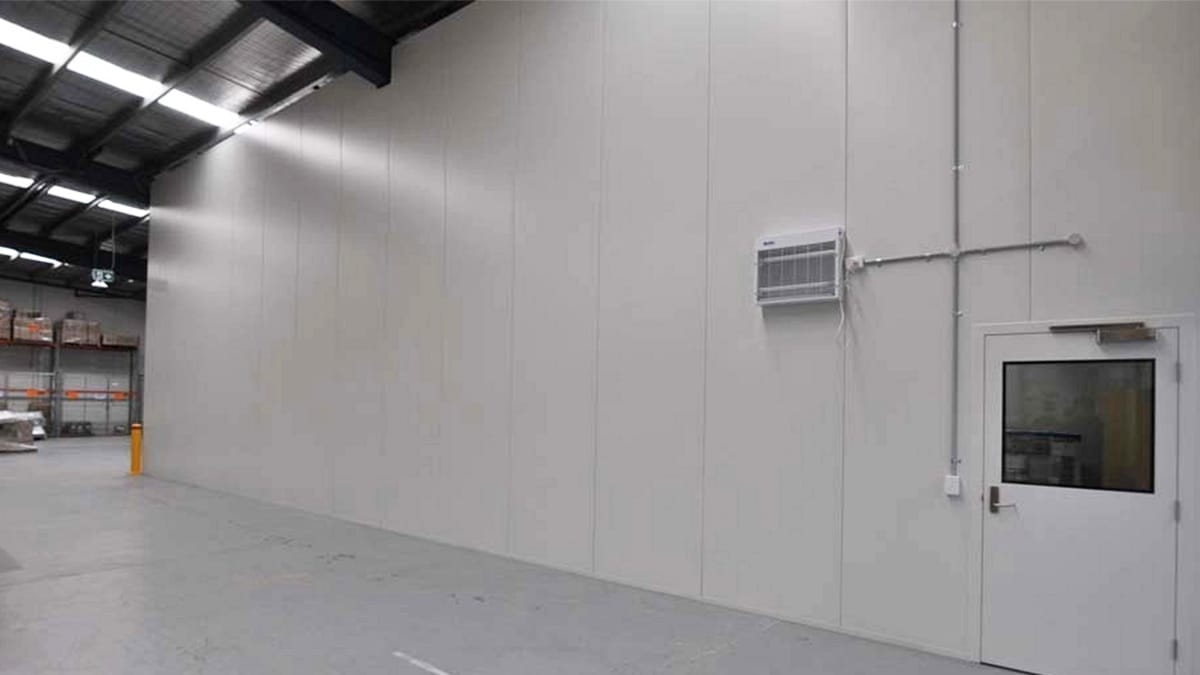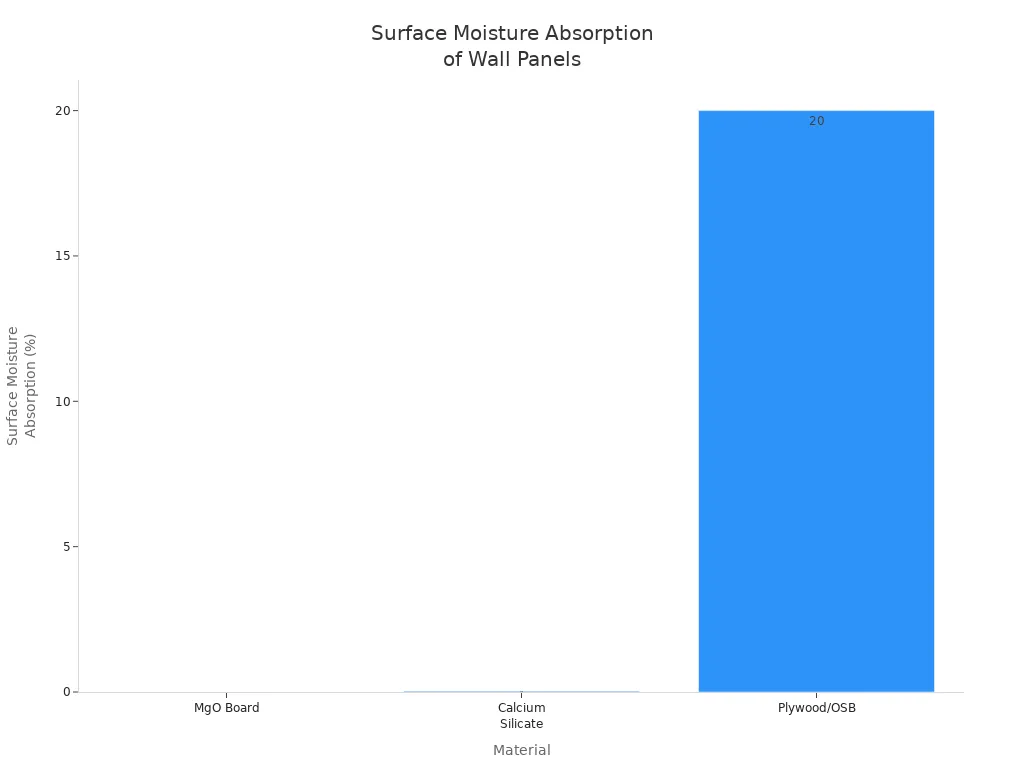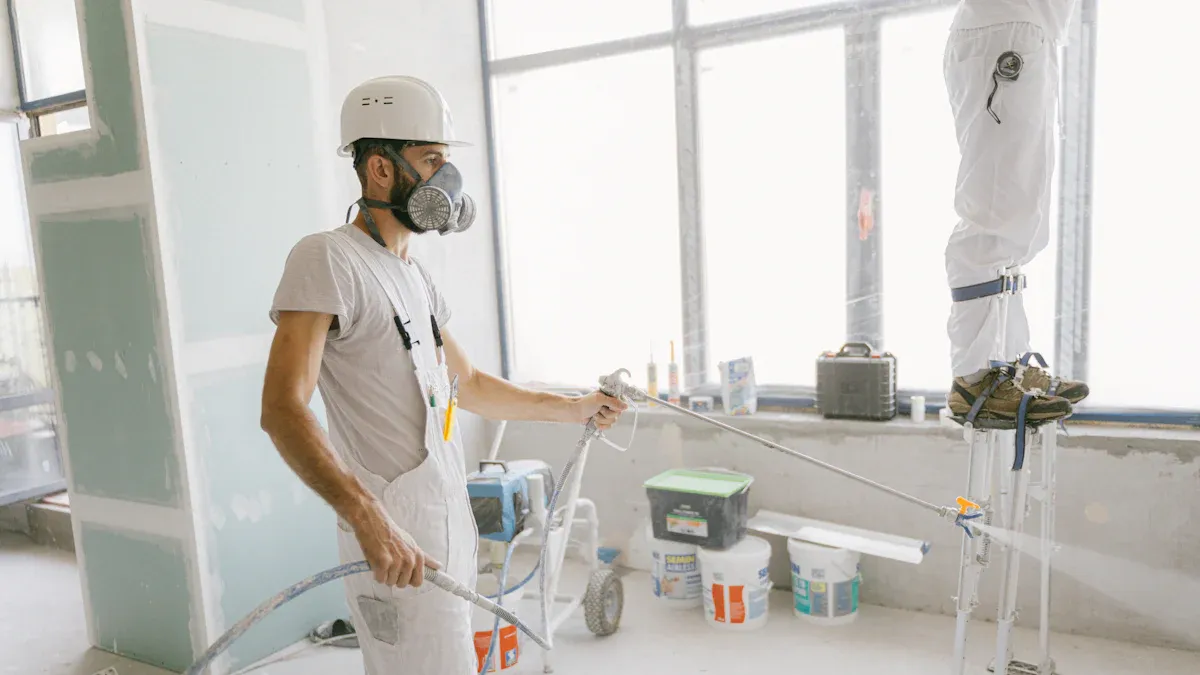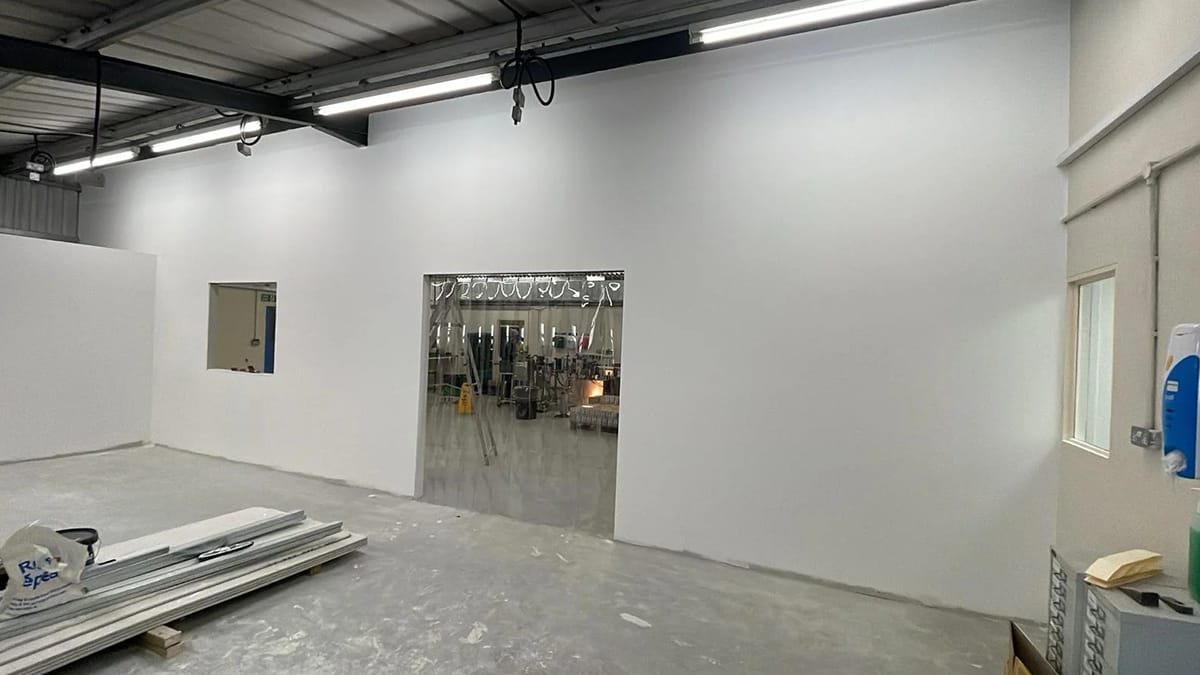
20 Sep Protect Your Home from Mold Using MgO Wall Panels
Table of Contents
Mold can appear in almost any home. You might feel concerned about the health risks and damage it causes. In the United States, nearly 70% of homes have some kind of mold problem.
Choosing the right wall panels can help you fight mold before it starts. MgO wall panels offer proven Mold Resistance that lasts. Scientific studies show that MgO panels control humidity as well as gypsum boards. You can explore how MgO compares to other options and find the best solution for your home.
Key Takeaways
MgO wall panels stop mold from growing by keeping out water and staying dry. These panels are strong and do not get weak in wet places. This makes them great for bathrooms and kitchens. MgO panels are easy to take care of; just wipe them with a wet cloth to clean them. Good MgO panels last a long time and do not need many repairs, so you save money. Using MgO panels helps your home stay healthy by stopping mold and making the air better.
What Are MgO Wall Panels?
Composition
MgO wall panels are made from a mix of special materials. These materials help keep mold away from your home. The panels do not have much organic matter. This means mold cannot find food to grow. Magnesium oxide is the main ingredient. It is an inorganic mineral. This makes the panels strong and stops mold or mildew from growing. Other parts include magnesium sulfate and fillers. Fillers can be wood dust, perlite, or vermiculite. Each part helps make the panels tough and able to resist moisture.
Here is a table showing how each component helps with mold prevention:
Component | Contribution to Mold Resistance |
|---|---|
Magnesium Oxide | Inorganic, impervious to mold and mildew growth |
Magnesium Sulfate | Contributes to the overall structural integrity |
Fillers (wood dust, perlite, vermiculite) | Enhance moisture resistance and structural properties |
Magnesium oxide is also very alkaline. This makes it hard for mold to live. Your indoor air stays cleaner and healthier.
How They Work
MgO wall panels stop moisture from getting in. This keeps mold from starting. The panels do not soak up water. They stay dry in wet places like bathrooms, basements, or kitchens. Mold needs water and food to grow. Magnesium oxide does not feed mold. This gives you extra safety.
Tip: You can put MgO panels in places with lots of water, like laundry rooms or locker rooms. These panels keep their shape and strength, even when it is humid.
MgO panels pass tough tests, like ASTM G-21. This test shows they do not let mold, fungus, or bugs grow. You can count on them to last a long time and keep your home safe. Many people use MgO panels in homes and businesses because they resist mold and are strong.
Mold Resistance Benefits
 Preventing Mold Growth
Preventing Mold Growth
You want your home to stay clean and healthy. Mold can grow fast when walls get wet or damp. MgO wall panels give you strong protection against mold. These panels do not let water soak in. They have a very low surface moisture absorption rate of only 0.0034. This number is much lower than other common wall materials.
Material | Surface Moisture Absorption |
|---|---|
MgO Board | 0.0034 |
Calcium Silicate | 0.03 |
Gypsum Board | See source [21] |
Plywood/OSB | Over 20% |

You can see that MgO panels keep moisture out better than other materials. This helps stop mold before it starts. In lab tests, MgO boards scored a perfect 0/0/0 on the ASTM G21 mold resistance test. This means no mold grew on the panels at all. The panels use inorganic minerals, so mold and mildew cannot find food or a place to grow. You get peace of mind knowing your walls help keep your air clean.
Note: Some people think all MgO boards have problems with moisture. This is not true. Only certain low-quality boards had issues in Denmark. Most MgO panels, especially those made with the right formula, offer excellent mold resistance.
Durability
You want your walls to last for many years. MgO wall panels give you long-lasting strength. These panels stay in great shape for decades. They do not break down when exposed to water or humidity. You can use them in bathrooms, kitchens, basements, or any place with lots of moisture.
Property | Description |
|---|---|
Lifespan | MgO panels remain in excellent condition for decades, indicating a long lifespan. |
Mold Resistance | Their moisture-repelling properties prevent mold, mildew, and fungus growth, ensuring healthier air quality. |
Maintenance | Low-maintenance nature reduces the need for frequent repairs or chemical treatments. |
MgO panels do not warp, rot, or get soft like wood or drywall. They keep their shape and strength even in tough conditions. You do not need to worry about replacing them often. This saves you money and time over the years.
Easy Maintenance
You want cleaning and upkeep to be simple. MgO wall panels make this easy. The panels do not need special cleaners or treatments. You can wipe them down with a damp cloth. They do not stain or hold onto dirt. Because of their mold resistance, you do not need to use harsh chemicals to remove mold or mildew.
You spend less time cleaning.
You avoid strong chemical smells in your home.
You keep your indoor air fresh and healthy.
MgO panels work well in places where you need to clean often, like kitchens or laundry rooms. Their smooth surface does not trap dust or allergens. You get a wall that looks good and stays clean with little effort.
Comparing Wall Panel Materials
MgO vs. PVC
You may want to know how MgO panels and PVC panels are different. Both types help keep water out of your home. MgO panels are strong and stop mold for a long time. PVC panels are light and simple to put up. You can snap or glue PVC panels without special tools. This makes PVC good if you want to finish fast.
MgO panels can handle fire, water, and hits. They stay tough in busy rooms.
PVC panels might break if you hit them hard. They do not do well with strong impacts.
PVC panels are lighter, so you can carry and install them easily.
Tip: For wet rooms that need strong walls, MgO panels last longer and protect better.
MgO vs. Drywall
Drywall is used in many homes, but it does not stop mold as well as MgO panels. You need special drywall for wet rooms, but it may not last as long. MgO panels block water and stop mold from growing. You can use them in bathrooms, kitchens, or basements without worry.
Feature | MgO Panels | Traditional Drywall |
|---|---|---|
Mold Resistance | Superior, prevents mold growth | Vulnerable to mold unless treated |
Moisture Resistance | Outstanding, does not absorb water | Susceptible to water damage |
Ideal Environments | Humid environments | Requires moisture-resistant options |
MgO panels may cost more at first, but you save money later. They need fewer repairs and last longer in wet places.
MgO vs. Fiberglass
Fiberglass panels also keep out water, but they are harder to put up. MgO panels use natural materials and are better for the earth. They do not give off bad chemicals. Fiberglass panels can hurt the environment more.
MgO boards are light and good for the planet.
They stop mold better than fiberglass panels.
Fiberglass panels can have water problems and are harder to use.
Material | Environmental Impact |
|---|---|
MgO Boards | Eco-friendly, low carbon footprint, recyclable, no harmful chemicals. |
Fiberglass Panels | Higher environmental impact, may involve harmful chemicals. |
When you pick MgO panels, you help the earth. You also get strong Mold Resistance and easy cleaning.
Installation and Care

Choosing Panels
When you pick MgO wall panels, look for ones that fight mold. Choose panels made with lots of minerals. These panels do not let water in. They stay strong in wet rooms. The panels are not made from things mold likes to eat. This helps keep your air fresh and clean.
Use panels that block water in bathrooms, kitchens, and basements.
Strong panels do not bend or get soft, even when it is damp.
Mold-resistant panels help stop health issues from mold.
Magnesium oxide board is great at stopping mold. It works well in places that get wet a lot. Its special mix of magnesium oxide and other natural things makes it tough. This mix keeps mold spores from growing.
You should check for important labels before buying. The table below lists key standards:
Certification/Standard | Purpose/Description |
|---|---|
EN 13501-1 (Class A1 Noncombustible) | Best fire safety; almost no smoke or fumes |
ASTM E136 | Board will not catch fire |
ASTM E84 | Top rating for fire spread |
ICC-ES ESR-2880 | Follows building rules |
INTERTEK and ILAC-MRA | Tested and approved in labs worldwide |
Installation Tips
You can put up MgO panels by yourself or get help. If you do it yourself, follow these easy steps:
Use screws to hold each panel. Put screws every 12 to 16 inches for good support.
Make sure boards overlap at the seams by at least one inch. Stagger the joints to make the wall stronger.
Cover the seams with joint compound. Press fiberglass mesh tape on top. Sand any rough spots before painting.
Tip: Keep the area dry when you install panels. Water or too much dampness can make MgO panels soak up water. This can rust metal parts and lower mold protection.
Maintenance Advice
MgO panels are easy to care for. Wipe them with a wet cloth to clean. Do not use strong cleaners. If you see damage, fix it fast to stop mold. Most makers give a two-year warranty for mold, mildew, and dry rot.
Fire resistant
Insect-resistant
Eco-friendly
Non-toxic
Impact-resistant
Sound insulator (over 40 decibels)
Using MgO panels in wet rooms helps stop mold and mildew. This keeps your home safe and healthy for your family.
You want your home to be safe and healthy. MgO wall panels help stop mold from growing. They are easy to clean and last a long time. Many people pick MgO panels because they work well in small homes and apartments in Houston. These panels save you money since they do not break or need fixing often.
Benefit | MgO Panels | Traditional Materials |
|---|---|---|
Excellent | Poor | |
Moisture Resistance | High | Low |
Cost Over Time | Lower maintenance | Frequent repairs needed |
If you use MgO panels, you keep your home safe. You also spend less money over the years.
FAQ
What makes MgO wall panels mold-resistant?
Magnesium oxide does not feed mold. The panels stay dry and block moisture. You get strong protection in wet rooms. Lab tests show no mold grows on quality MgO panels.
Can you install MgO panels yourself?
You can install MgO panels with basic tools. Use screws and follow the maker’s instructions. Stagger seams and cover joints with mesh tape. Ask a professional if you want perfect results.
Are MgO wall panels safe for your family?
MgO panels do not release harmful chemicals. You get clean air and a safe home. The panels resist fire and insects. Many builders use them in schools and hospitals.
How do you clean MgO wall panels?
Wipe the panels with a damp cloth. You do not need strong cleaners. The smooth surface does not trap dust or stains. You spend less time cleaning and keep your walls looking new.
Where should you use MgO wall panels?
You can use MgO panels in bathrooms, kitchens, basements, or laundry rooms. The panels work well in places with lots of moisture. Builders also use them in garages and locker rooms.

 Preventing Mold Growth
Preventing Mold Growth